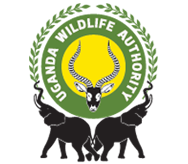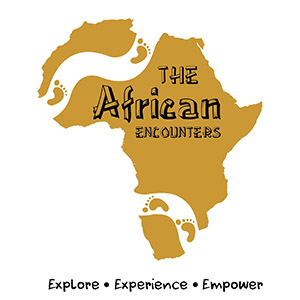Amazing cultural experiences in South Sudan
Located in the east central Africa, South Sudan is the newest country in the world. It gained its independence recently in 2011 after a 50 years political struggle to cut off from North Sudan.
The fact that the country has just been formed, its cultures are still emerging from the small cultural connections that they share. Some tribes are formed probably because of their common experience of the struggle and liberation from North Sudan, others with common Christianity practices, others with cattle rearing ways.
Cultural safaris to South Sudan are amazing because the natives tend to feel more cultural affiliation and loyalty to their tribes other than the nation. The country has over 60 tribes, majorly because of the rampant displacement of the natives due to the outbreak of the 2013 civil war.
Currently, the country is healing from all the uncertainties that happened to it. Amazing cultures and tribes have been formed in South Sudan, those that are authentic and incredibly beautiful to explore and experience.
The people of South Sudan have been traditionally categorized into six distinct groups, with the major population being the Nilotics originating from the White Nile. Other groups are Nilo – Hamid, Bari-Speaking, Zande and Anyuak; and each of these have unique history and linguistic factors. Below are the tribes you shouldn’t miss out on any South Sudan tour.
The Dinka. These are from the Nilotic group and are the largest group in South Sudan forming about 35.8% of the total population of South Sudan. The Dinkas have further subdivisions with their own distinct tribal practices, traditions, dialects and beliefs. Some of the subdivisions are the Dinka Malual, Twic, Rek, Bor, Atwot, Agar, Ruweng and Ngok Ablinug among others. Here you will visit the Dinka cattle camp since they are pastoralists, they move their herds of cattle from their permanent settlements in the savanna forests to Riverine Pastures during the dry season. The South Sudan tour to the Dinka people exposes you to the world’s tallest people with an average height of over 180 cm for both women and men.
The Mundari. These are also part of the Nilotic ethnic group. They are mostly known for their traditional rituals and the V-facial scarring. Meet young and handsome young men scarred with a V mark on their foreheads as a transition sign into real manhood. It’s in their tradition that adulating boys should stay with a village elder outside the community for 3 months before they head for the forehead scarring. This distincts their unique look from all the other South Sudanese. The Mundaris are also pastoralists and all their lives are centered on their livestock. A trip here gives you glances of the horned Ankole Watusi cattle and a real feeling of what it is to be a Mundari in South Sudan.
The Toposa people of South Sudan. These live in the Greater Kapoeta region. They traditionally live by herding cattle, goats and sheep. They are nomadic pastoralists who usually raid cattle from their neighbors. Previously they were even engaged in Ivory Trade. For the Toposa, possession of cattle and guns for raiding are the indicators of wealth. They still live traditionally, whether family or community issues, they are handled by the village elders who always hold meetings for only men. Ladies are expected to stay home, farm, cook food, take care of the home and give birth to kids.
Among other tribes that you can visit while in South Sudan are the Shilluk, Kakwa, Azande, Didinga, Acholi and many others. South Sudan is an amazing new country, still very virgin to explore. It’s one of the very few remaining countries with authentic cultural experiences.





